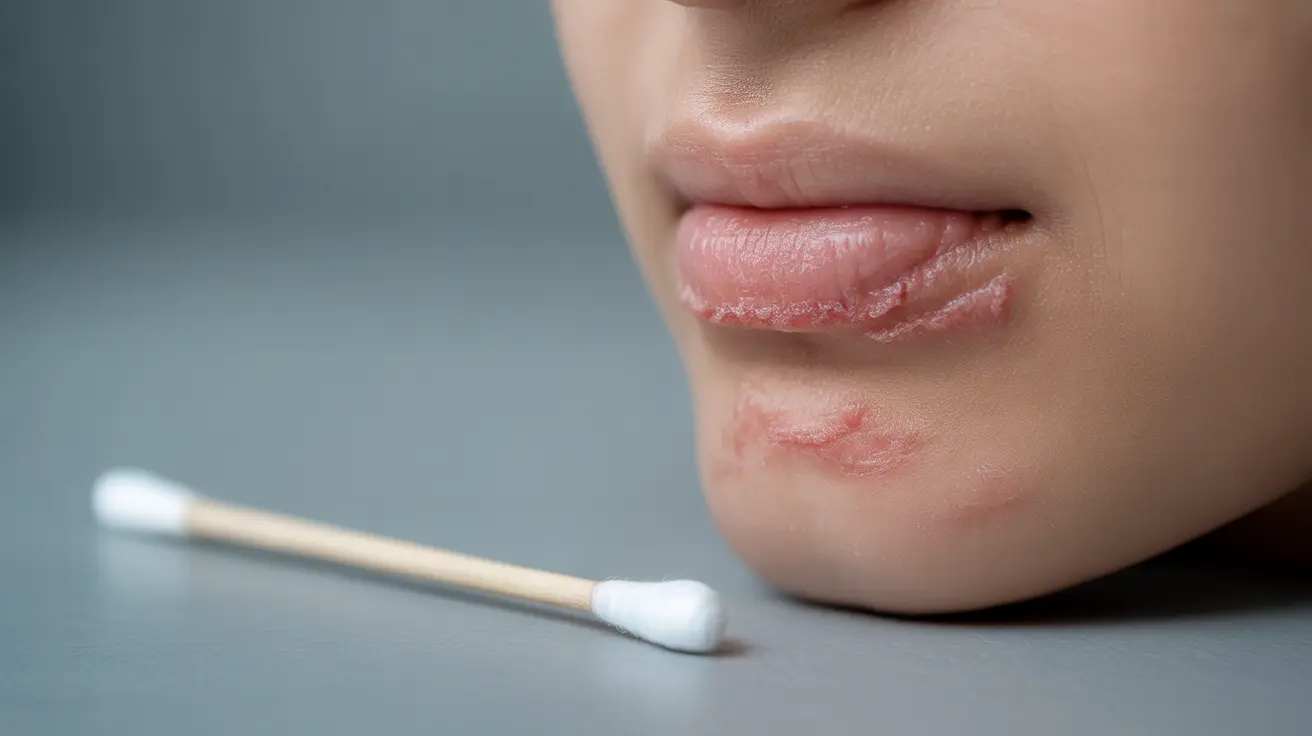Eczema on the lips, also known as lip dermatitis, is a challenging skin condition that can cause significant discomfort and affect both appearance and daily activities like eating and speaking. This condition occurs when the sensitive skin of the lips becomes inflamed, leading to various uncomfortable symptoms that require proper attention and care.
Understanding how to identify, manage, and treat lip eczema is crucial for those affected by this condition. With the right knowledge and approach, you can effectively manage symptoms and prevent future flare-ups.
Recognizing Lip Eczema Symptoms
Lip eczema presents with several distinctive symptoms that can help you identify the condition:
- Dryness and scaling of the lip tissue
- Redness and inflammation
- Cracking or splitting of the lips
- Burning or stinging sensation
- Itching around the lip area
- Rough or scaly texture
- Possible swelling
Common Causes and Triggers
Several factors can contribute to the development of lip eczema:
Environmental Factors
- Cold weather and dry air
- Sun exposure
- Wind exposure
- Changes in humidity
Contact Irritants
Many everyday items can trigger lip eczema:
- Lip products (lipsticks, balms, glosses)
- Toothpaste ingredients
- Food allergens
- Metal from musical instruments
- Certain medications
Diagnosis Process
Healthcare providers typically diagnose lip eczema through:
- Physical examination of the affected area
- Review of medical history
- Discussion of potential triggers
- Possible patch testing for allergies
- Evaluation of current skincare routine
Effective Treatment Approaches
Medical Treatments
Several medical interventions can help manage lip eczema:
- Topical corticosteroids (prescribed for severe cases)
- Immunomodulators
- Prescription moisturizers
- Antihistamines for itching
Home Care Strategies
Essential self-care measures include:
- Using fragrance-free lip balms
- Applying petroleum jelly
- Staying hydrated
- Avoiding known triggers
- Using gentle, hypoallergenic products
Prevention and Long-term Management
Preventing lip eczema flare-ups involves several key strategies:
- Maintaining good lip moisture
- Using sun protection
- Avoiding potential irritants
- Following a consistent skincare routine
- Managing stress levels
- Protecting lips in extreme weather
Frequently Asked Questions
What are the common symptoms of eczema on the lips and how can I recognize it?
Common symptoms include dryness, scaling, redness, cracking, and itching of the lips. You may also experience burning sensations, swelling, and rough texture. These symptoms typically appear on and around the lips, making them distinguishable from regular chapped lips.
What causes eczema on the lips and which environmental or lifestyle factors trigger it?
Lip eczema can be triggered by environmental factors like cold weather, dry air, and sun exposure, as well as contact irritants including lip products, toothpaste, and food allergens. Lifestyle factors such as frequent licking of lips, stress, and certain medications can also contribute to flare-ups.
How is eczema on the lips diagnosed by healthcare professionals?
Healthcare providers diagnose lip eczema through physical examination, medical history review, and sometimes patch testing for allergies. They will evaluate symptoms, potential triggers, and current skincare practices to make an accurate diagnosis.
What are the most effective treatments and home care tips to manage eczema on the lips?
Effective treatments include prescribed topical medications, immunomodulators, and proper moisturization. Home care tips include using fragrance-free lip balms, petroleum jelly, staying hydrated, and avoiding known triggers. A combination of medical treatment and self-care usually provides the best results.
How can I prevent eczema flare-ups on my lips and avoid irritants that worsen the condition?
Prevent flare-ups by maintaining good lip moisture, using sun protection, avoiding identified triggers, and following a consistent skincare routine. Keep a diary of triggers, protect your lips in extreme weather, and choose hypoallergenic products specifically designed for sensitive skin.




